What is the natural border between France and Italy?
Want to learn more about the natural, political, and physical borders that lie between Europe’s two giants? Then keep reading!
If you are traveling to these majestic landscapes, ensure you're equipped with an iRoamly France travel eSIM to stay connected and effortlessly share your breathtaking views.
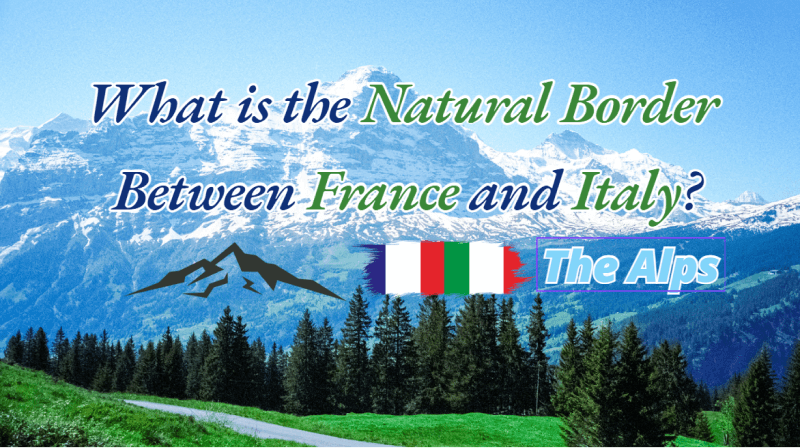
What is the Natural Border Between France and Italy?
The natural border between France and Italy is the Alps, the towering peak-capped rock barricade that runs between these two great powers, and forms a semicircle around them.
Geographically and historically, this is the demarcation line that falls on the largest mountain range in Europe, and the highest and most extensive in the continent's west.
New Changes on the Italian-French Border: Impact of Glacier Melting in 2024
As global warming increases, we've seen notable changes along the borders in the Alps, particularly between Switzerland, Italy, and France in 2024. These shifts in borders are changing maps and creating new challenges in policy and environmental protection.
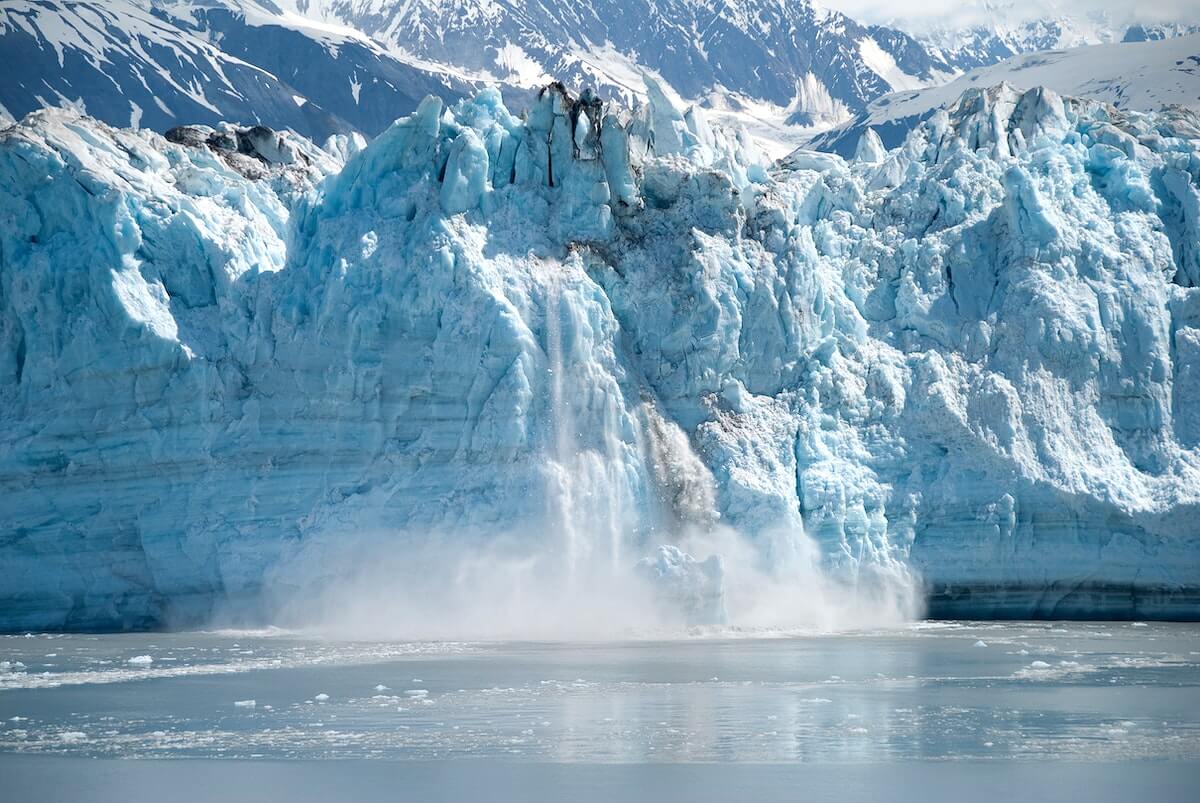
Specifics of the Border Adjustments
Glaciers are melting fast, altering natural boundaries that have long been set by ice and snow cover. This includes areas like Tête Grise/Plateau Rosa, Cabane Carrel, and Dos de Rollin, which are near popular skiing spots such as Matterhorn and Zermatt. As the ice pulls back, the borders move, forcing countries to update their maps and boundary lines.
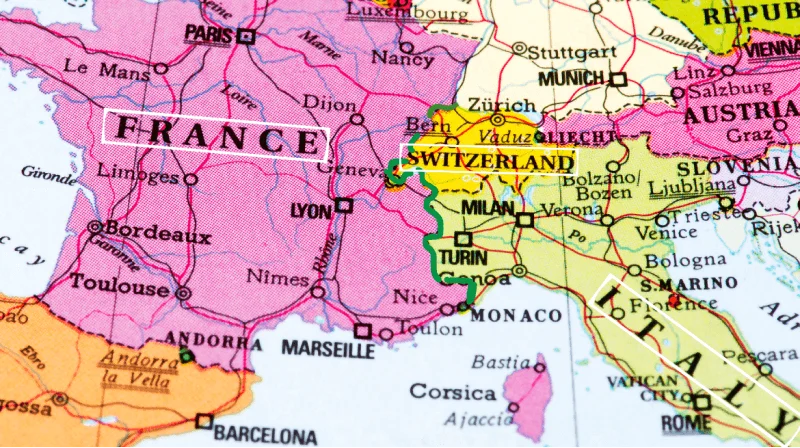
France-Related Area Border Changes
Most of the changes on the France-Switzerland border are due to new projects around Geneva, like a new tram line crossing the border that altered the boundary slightly between the Swiss town of Perly-Certoux and the French town of Bardonnex. Additionally, two changes come from environmental projects along the Arve and Foron rivers. These tweaks are small but show how infrastructure and environmental work can influence national borders.
The border between France and Italy hasn't really been affected by these updates. It still follows its usual path along the high peaks of the Alps, unchanged by these environmental and infrastructure developments.
How Was This Border Established?
Technically, the border between France and Italy was largely solidified by the Treaty of Turin in 1860, which saw regions including Savoy and the city of Nice ceded to French rule in exchange for armed aid.
Post-World War II readjustments further refined the border, shaping the line we recognize today—it's a history that's still very much alive in many of the region's customs and cultures, a confluence of peoples on this continental crossroads.
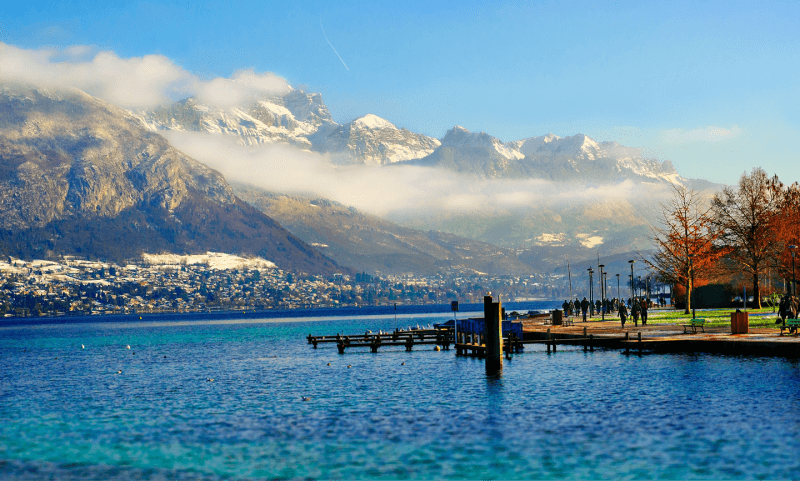
What Areas Are Involved?
The French Alps run across two main regions of France: Provence-Alpes-Côte d'Azur and Auvergne-Rhône-Alpes. Some major French cities on or near the boundaries of these regions (and therefore close to the French Alps) include:
City | Region |
|---|---|
Nice | Provence-Alpes-Côte d'Azur |
Grenoble | Auvergne-Rhône-Alpes |
Annecy | Auvergne-Rhône-Alpes |
Chambéry | Auvergne-Rhône-Alpes |
Aix-en-Provence | Provence-Alpes-Côte d'Azur |
Savoie | It is right in the heart of the Alps. |
Gap | Provence-Alpes-Côte d'Azur |
In Italy, these regions include Liguria, Piedmont, and Valle d'Aosta, equally regions of both abundant heritage and natural splendor.
Are There Any Other Natural Borders Between France and Italy?
Beyond the presence of the Alps, there are other natural divider neat borders between France and Italy. Mont Blanc is split between the nations, running down the Alps and sitting at the juncture between the three countries.
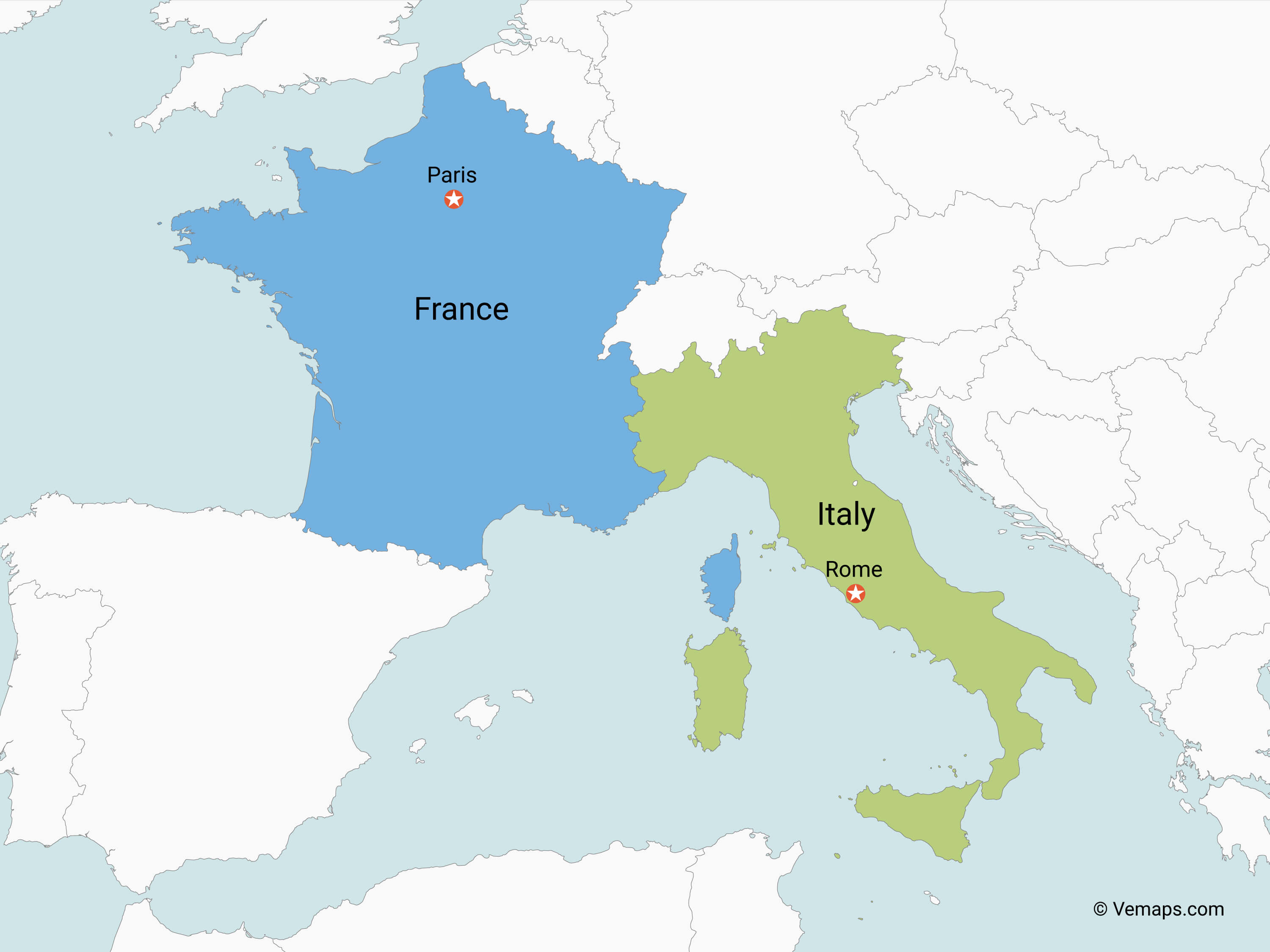
The Maritime Alps are also a substantial mountain range following a course from the Mediterranean Sea and up inland, running parallel to the Alps and the main frontier.
Alps Overview
Rising to more than 1,200 kilometers in length and crossing the territories of at least eight nations—France, Italy, Switzerland, Austria, Germany, Slovenia, and the microstates of Liechtenstein and Monaco—the Alps are one of Europe's most significant mountain ranges.
For France and Italy, they act as an abrupt natural boundary, extending from the shores of the Mediterranean in the south to a tri-country frontier with Switzerland in the north. Overall, the mountains run for some 500 kilometers from Lake Geneva to the Mediterranean, serving as a stark divide between the two nations.
The Alps aren't just renowned for their beauty and grandeur, however, but also for their role in shaping the climate and culture of the lands around them. At 4,810 meters, the highest point on the range—Mont Blanc—is the highest mountain in Western Europe.
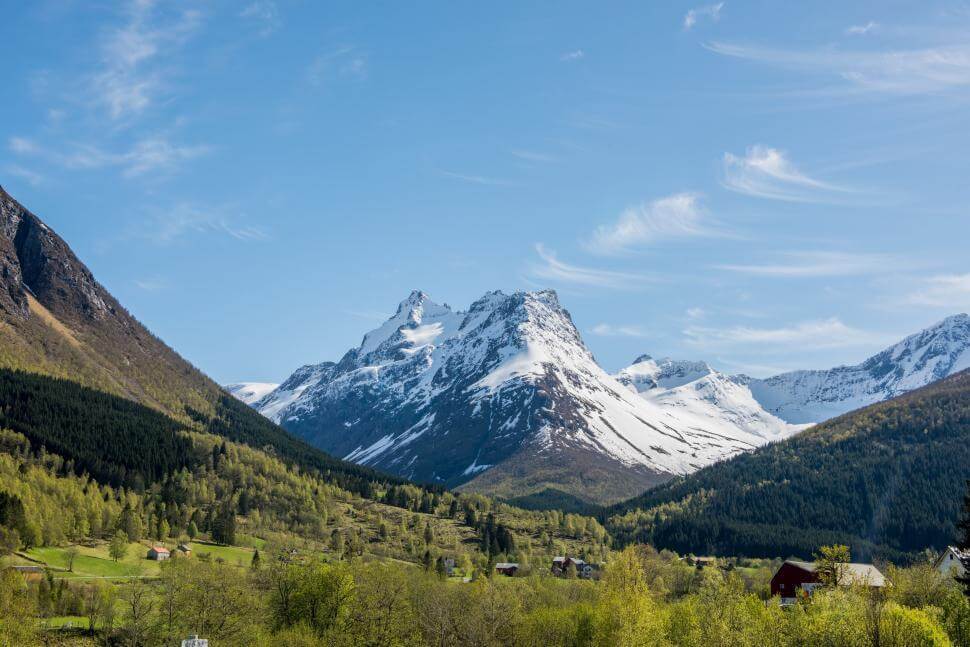
The mountains are famous for their glaciers, their alpine meadows, and their challenging topography in general. The result is some of the most eye-popping scenery on the continent, and a natural playground for outdoor enthusiasts, be it skiing in the winter, hiking in summer, or mountaineering all year round.
The French Alps
Location: Auvergne-Rhône-Alpes and Provence-Alpes-Côte d'Azur regions
The French Alps, especially around Chamonix and Annecy, offer year-round activities for outdoor lovers. In winter, you can enjoy world-class skiing and snowboarding, or try snowshoeing and ice climbing. When the snow melts, the mountains become a hiker’s paradise with scenic trails, mountain biking, rock climbing, and even paragliding for thrill-seekers.
Beyond the adventure, the Alps also feature charming villages, peaceful lakes, and delicious local food. Whether you're chasing adrenaline or simply soaking in the views, the French Alps is truly one of the best places to visit in France.
Do the Alps Act as Borders Between Other Nations?
Not just the borderline through France and Italy, the Alps similarly straddle Switzerland, Austria, and Slovenia. In total, the mountains cross some eight countries, underscoring their role as a defining geographical landmark across Europe.
The high mountains offer a stark, physical, and long-recognized division between lands.
Summary:
As we conclude our tour of France and Italy's natural border, it's clear this isn't just a line on a map—with its soaring mountains and plunging valleys, the Alps haven't simply stood by while history unfolded, but have actively shaped the nations on either side.
Thank you for joining me—here's to many more journeys together!
